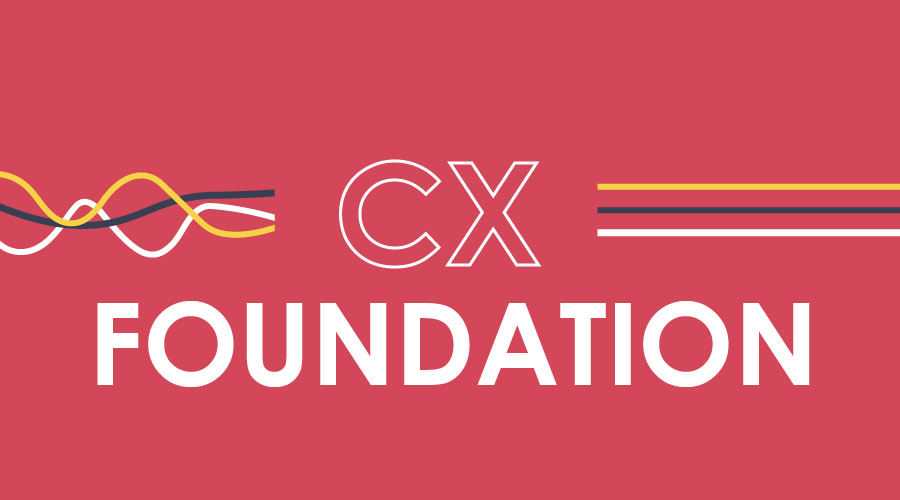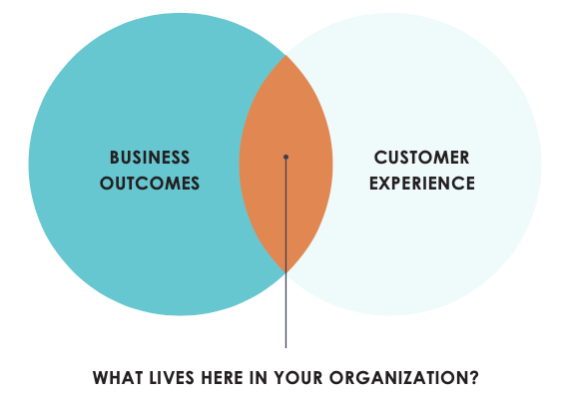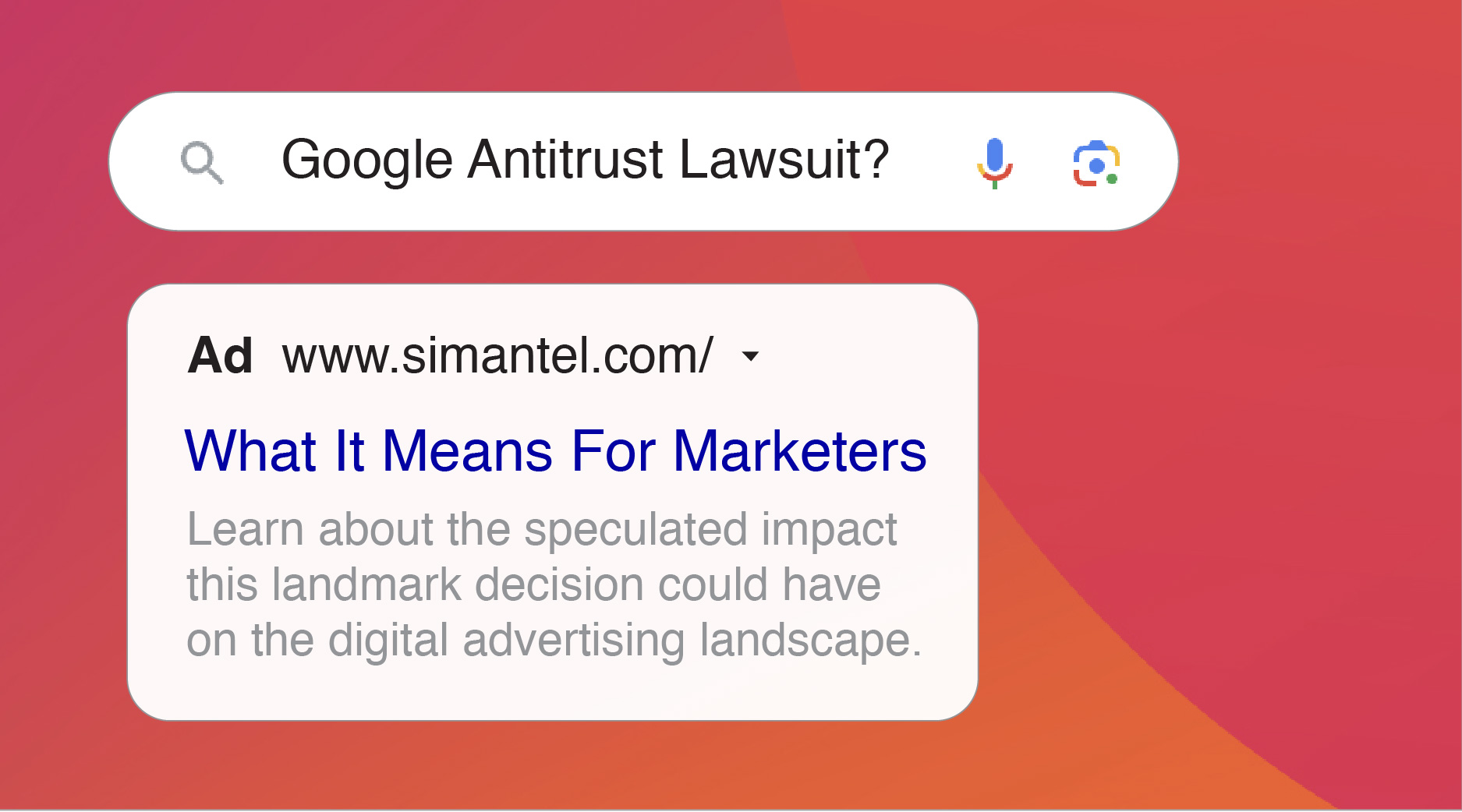The first step in any building project is knowing what’s at your disposal. You’d never start a home project without your blueprint, budget and priorities. Your brand’s CX roadmap is no different. It’s the foundation upon which you build everything else in your CX playbook.
Schedule a strategic planning and alignment session(s) where all the important stakeholders — leaders, subject matter experts, etc. — are clear on the work ahead. They must have buy-in on the scope and scale of the effort and must help define priorities, even if they don’t end up building the strategies to execute these. We call this foundation-laying stage Phase I.
At the foundational stage, there are typically more questions than answers. And that’s okay. The key is to identify the outcomes the organization seeks to achieve. In planning and aligning session(s), follow this outline to facilitate critical conversations.
Critical Conversations to a Solid Foundation
-
- What are the organization’s overall business objectives and key performance indicators?
- Are we clear on how the marketing priorities support those objectives in meaningful ways?
 Audiences Segmentation/Insights
Audiences Segmentation/Insights
-
- Of the many target audiences, internally and externally, are audience priorities clear to best achieve short- and long-term goals?
- What insights are decisions based on to date?
Related: Understanding the Consumer in a CX Organization
-
- Is the organization clear on what we stand for?
- Is the organization clear on its brand values and messaging?
-
- Historically, what channels and tactics have been deemed most successful?
- Are there channels so critical to success that they are foundational to everything else planned? (E.g., trade shows, website, etc.)
Additional critical conversation topics include Data (Does the organization have a foundational data strategy?), Technology, Measurement (Are there metrics in place to determine success around the customer experience?), Operating Models and Change Management, Budget/Timeline, and Priorities.
Intersect Business Goals & Customer Experience
Each area outlined above is a critical conversation. The idea is not to solve for every question; you will work through those answers in Phase II (Framing the Solution) and Phase III (Building the Experience). Rather, Phase I is about auditing where you are and uncovering the gaps from subject-matter experts so they are clear on what must be solved.
Depending on stakeholders’ availability and interest, Phase I can take a few weeks to many months. Therefore, the intent is not to have everything answered before any effort can move ahead. Your role as a marketer is to keep things moving day-to-day and to support the sales process, even as longer-term planning happens behind the scenes. Strategic marketers will think beyond the day-to-day and plan for the long-term so they can reverse engineer short-term strategies that are in line with the brand’s business outcomes.
One way to do this is to come to the table with the issues mapped out for reaction, rather than focusing on “blue sky” possibilities. As a facilitative leader, you’ll ask smart, informed questions to reveal clarity around goals (or expose a lack thereof) and scope.
Focus on the intersection of business goals and customer experience, and answer the questions that live in the middle. These are usually the starting points for building a plan to drive bottom-line success.
Are you clear on this point of intersection?
To gain a closer look at the process of laying a solid CX foundation— as well as Phases II and III— check out The Big Lil’ Book of CX. It is full of tips, tricks and tools that you can use today to solve the CX challenge.
Download the Full eBook Here:









